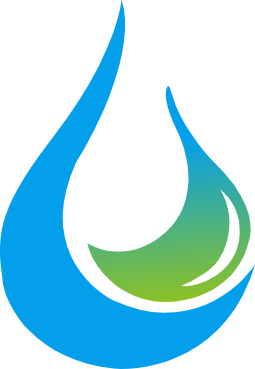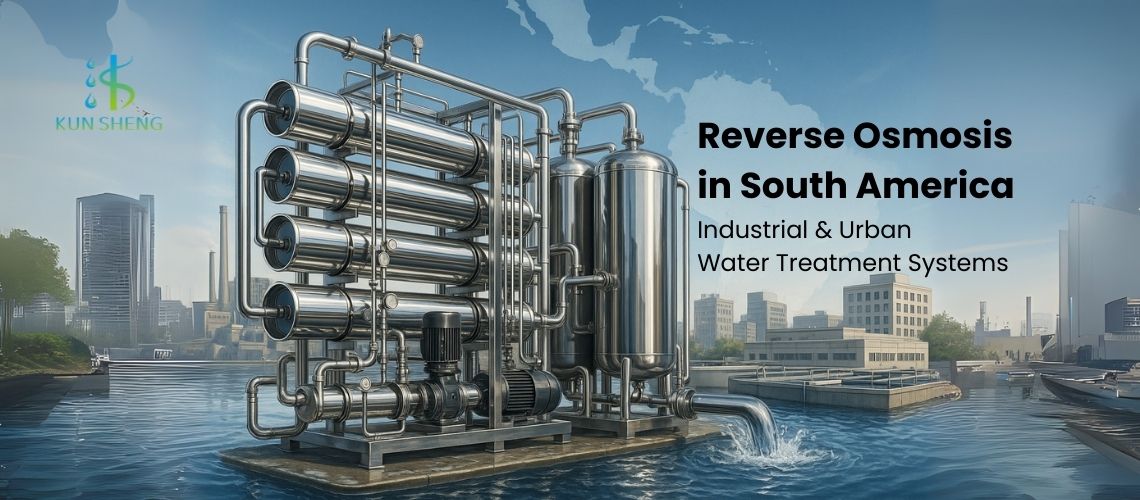
Water scarcity and contamination are pressing concerns in many regions across South America, particularly in countries like Chile, Brazil, and Argentina. The need for efficient and sustainable water treatment solutions has never been more urgent. Reverse Osmosis (RO) technology, known for its ability to purify water by removing impurities, has become a vital tool for both industrial and urban applications. With widespread adoption across South American countries, RO systems have revolutionized water treatment, ensuring that industries and municipalities have access to clean, potable water.
Reverse Osmosis is a water filtration process that uses a semi-permeable membrane to remove contaminants from water. The process works by applying pressure to push water through the membrane, which allows only clean water molecules to pass through while blocking larger molecules like salts, bacteria, and other impurities.
Components of a Reverse Osmosis System:
RO is highly effective for desalination, industrial water purification, and even wastewater treatment.
In industries like manufacturing, mining, and agriculture, water is an essential resource. Reverse Osmosis technology is transforming industrial water treatment in South America by offering several advantages:
For instance, in Chile, RO is being implemented in mining operations to treat water used for processing, ensuring that the water is free of contaminants before being returned to local ecosystems.
With South America’s growing water scarcity, desalination using RO technology has become a critical solution, particularly in coastal regions. Countries like Chile and Peru, where freshwater resources are limited, are increasingly relying on RO systems for desalination.
These desalination plants offer a sustainable way to address the issue of water shortages in South America’s coastal regions.
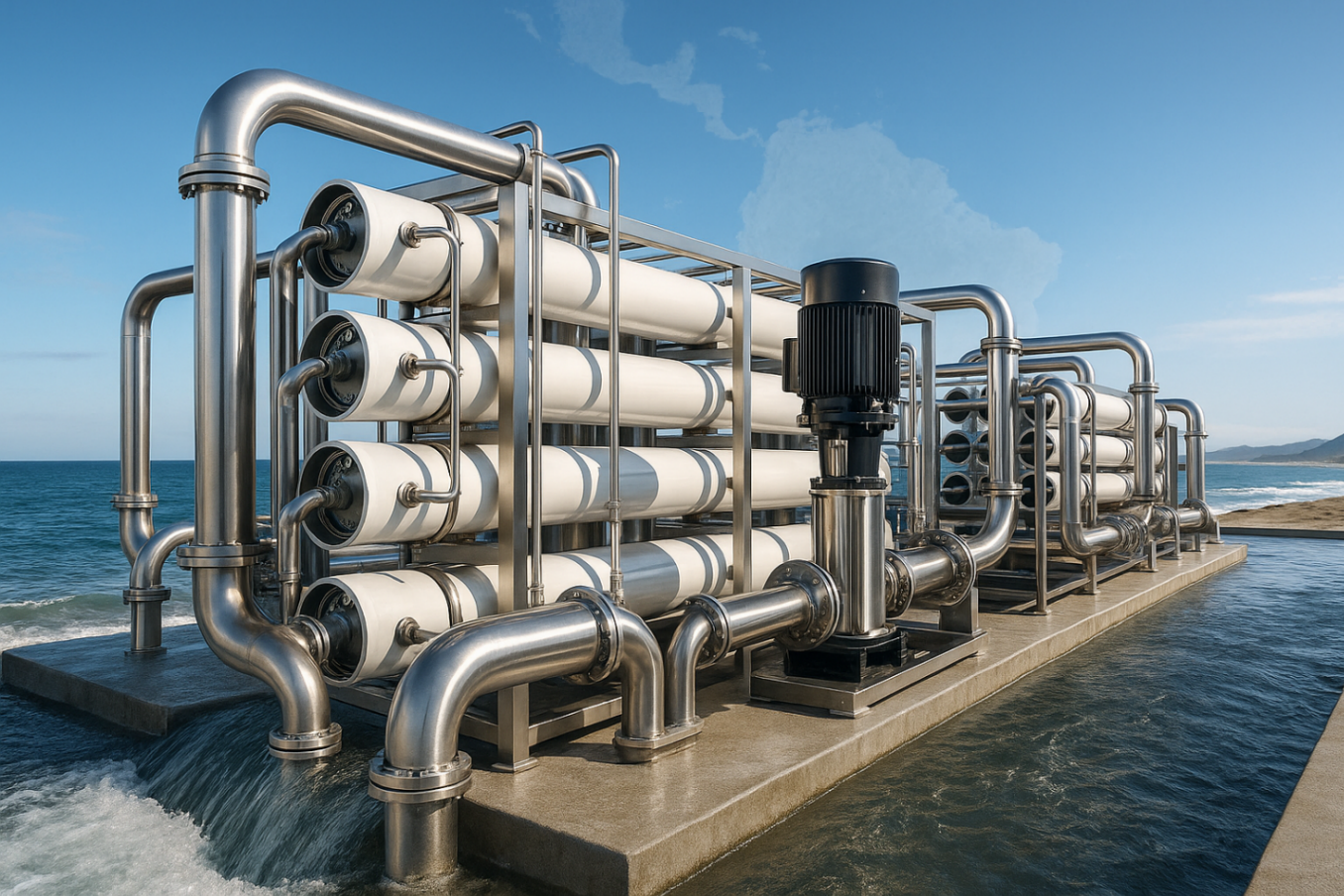
Urban areas in South America face significant challenges in providing clean water to growing populations. Reverse Osmosis systems are helping cities like Buenos Aires, São Paulo, and Rio de Janeiro ensure that residents have access to high-quality drinking water.
In Rio de Janeiro, RO plants are playing a crucial role in treating water for millions of residents, contributing to better public health and water safety.
South America’s mining industry, particularly in Chile and Argentina, is a major consumer of water. The use of Reverse Osmosis in mining operations has been instrumental in addressing water scarcity while maintaining sustainable operations.
The mining industry in Chile, the world’s largest copper producer, relies heavily on RO systems to manage water quality in its extraction processes.
Sustainability is at the heart of South America’s efforts to combat water shortages. Reverse Osmosis is one of the eco-friendliest water treatment technologies available today, offering long-term solutions to water scarcity.
By adopting RO, countries like Brazil and Argentina are moving towards a more sustainable water management system, ensuring that both industries and communities have access to safe water without depleting natural resources.
While Reverse Osmosis systems offer numerous benefits, the initial cost of installation can be significant. The cost varies depending on the size and complexity of the system, as well as the specific needs of the industrial or municipal application.
Despite the high initial costs, the economic benefits of RO systems make them a worthwhile investment for many industrial sectors and municipalities in South America.
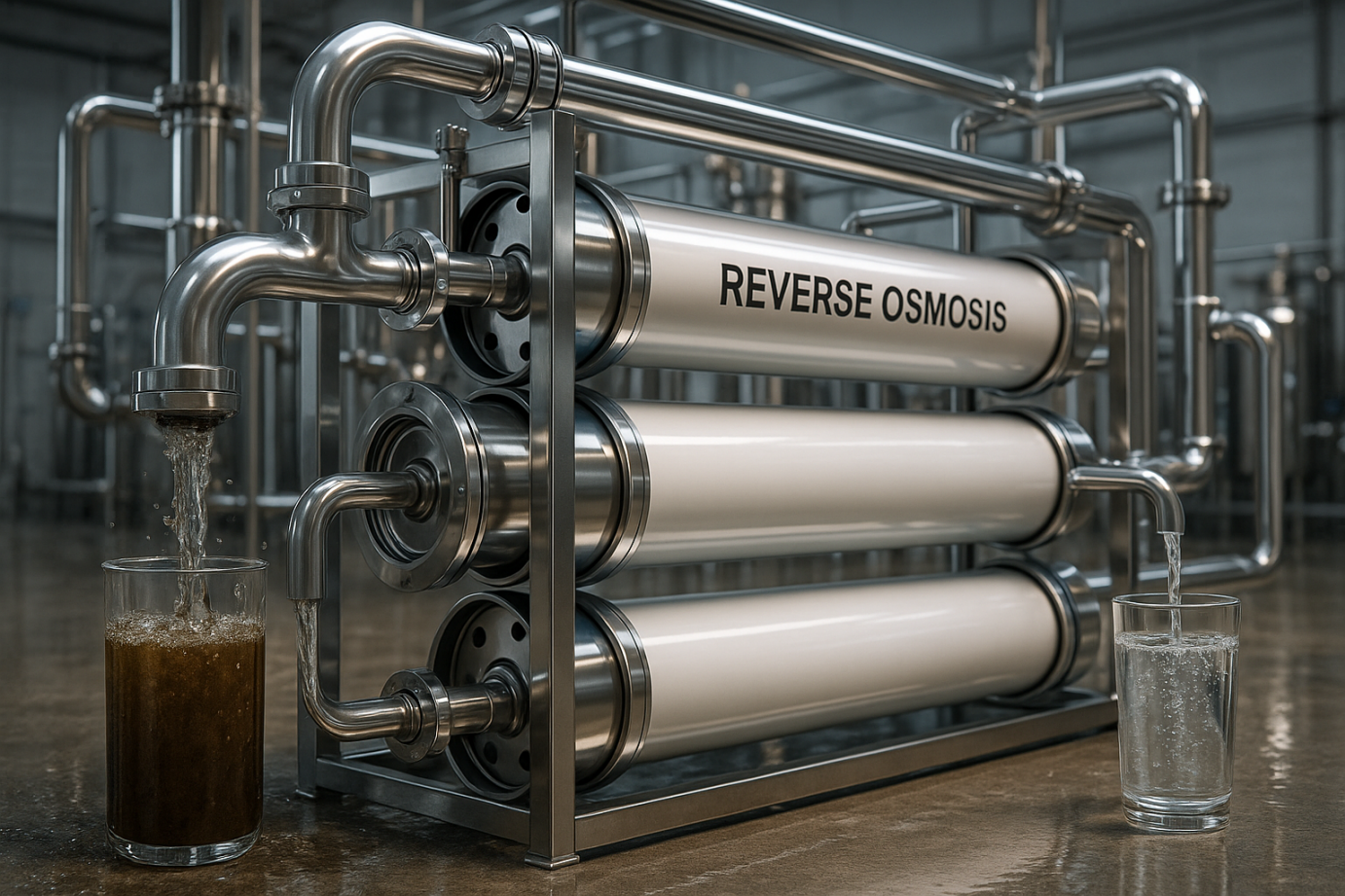
Reverse Osmosis is highly effective in removing contaminants from water, making it suitable for both urban and industrial applications. RO technology can remove:
The ability of RO to purify water makes it an essential tool in both urban and industrial water treatment.
The Reverse Osmosis industry continues to evolve, with new advancements making systems more efficient and cost-effective. Some of the latest innovations include:
These advancements are helping industries in South America lower their operational costs while improving water treatment efficiency.
Several South American countries are at the forefront of adopting Reverse Osmosis technology to address water challenges:
Agriculture is a major industry in South America, and water is a critical resource for crop production. Reverse Osmosis technology is being used to purify water for irrigation, helping farmers conserve water and improve crop yields.
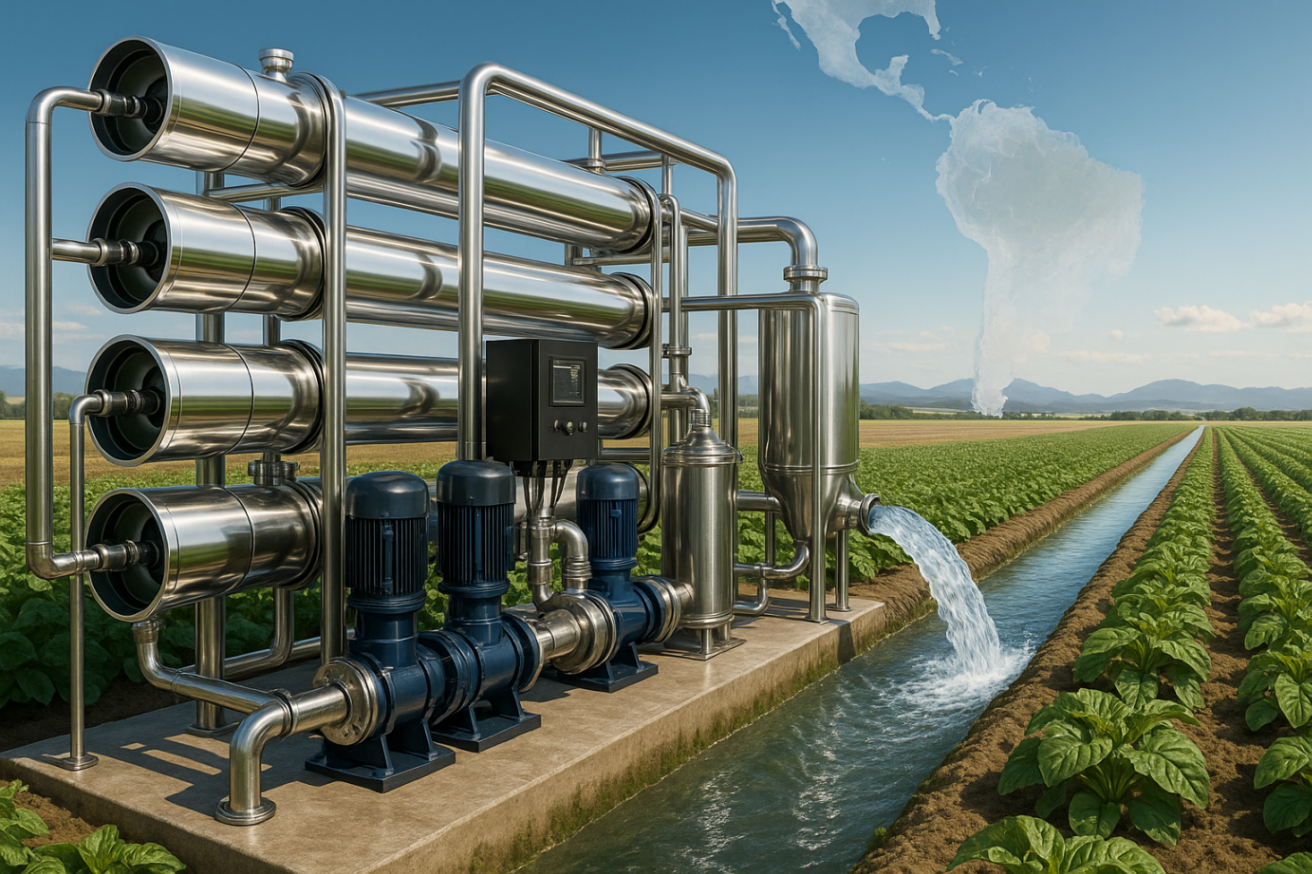
While Reverse Osmosis offers many benefits, there are challenges in implementing the technology, especially in urban areas:
Despite these challenges, many South American cities are making strides in integrating RO technology into their water treatment systems.
Water scarcity is a growing issue in many regions of South America. Reverse Osmosis provides a sustainable solution by turning seawater and brackish water into potable water, helping to alleviate shortages in regions like Chile’s Atacama Desert.
As South America continues to face water scarcity and contamination challenges, the future of Reverse Osmosis looks promising. With ongoing advancements in technology and increased investment in water infrastructure, RO systems will play a key role in providing sustainable water solutions for the region.
At Kunsheng Water Treatment Co., Ltd., we specialize in the design, manufacturing, and export of advanced Reverse Osmosis (RO) systems. Our RO plants are highly sought after by industries across the globe, including drinking water factories, industrial facilities, and municipalities. With a commitment to innovation, efficiency, and sustainability, Kunsheng provides state-of-the-art RO solutions that help industries across South America and the world address their water treatment needs. Whether you’re in need of large-scale desalination plants or smaller industrial systems, Kunsheng is your trusted partner for high-quality, cost-effective water treatment solutions.
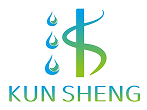

Olivia : +86 15168506513
Lydia : +86 15253672282

